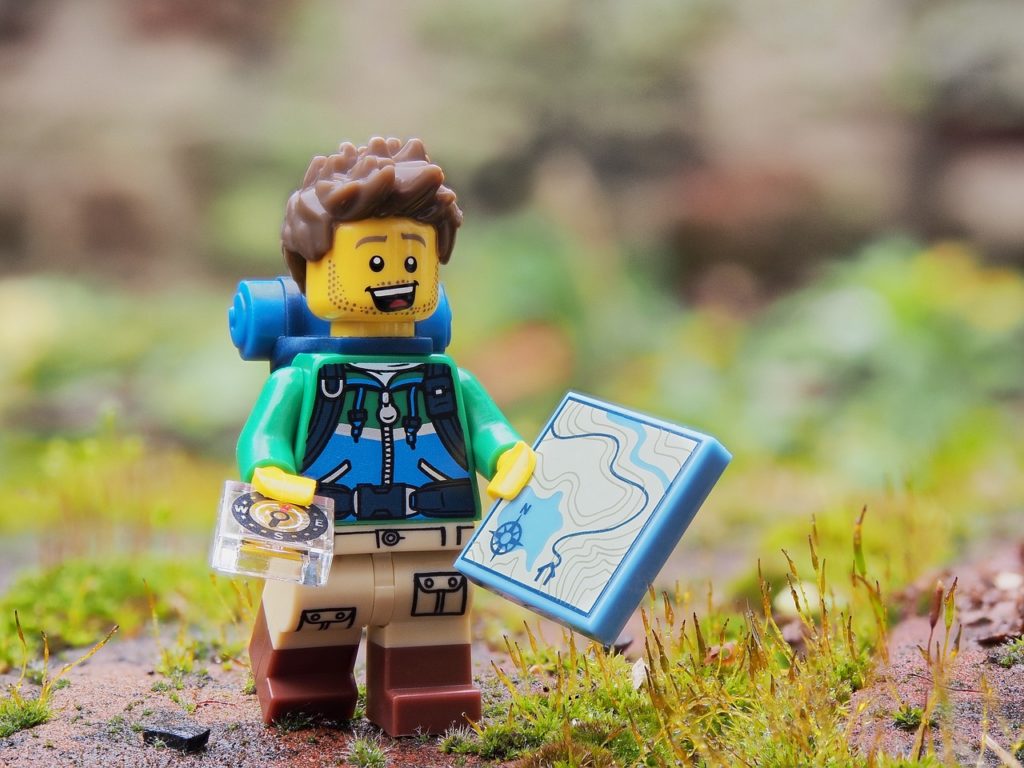Compass Navigation is an necessary skill that can be both fun and educational for kids. In this step-by-step guide, we will explore the basics of teaching children how to use a compass effectively. By instilling these fundamental navigation skills at a young age, kids can gain confidence in outdoor settings and develop a sense of direction. Let’s investigate the world of compass navigation with this comprehensive guide tailored for kids.
Understanding the Basics
Types of Compasses
For new navigators, understanding the types of compasses available is crucial. There are several types, including baseplate compasses, map compasses, sighting compasses, and digital compasses. Each type has its own strengths and weaknesses, so it’s important to choose the right one for your needs. Clearly differentiate between the types of compasses to determine which one best suits your navigation requirements.
| Baseplate Compasses | Map Compasses |
| Sighting Compasses | Digital Compasses |
- Identify the types of compasses available.
- Understand the strengths and weaknesses of each type.
- Choose the right compass for your navigation needs.
- Learn to differentiate between different compass types.
- Knowing the differences between compass types will help you make an informed decision.
Factors Affecting Compass Use
One of the critical aspects of compass navigation is understanding the factors that can affect the accuracy of your compass readings. Several factors, such as magnetic declination, nearby metal objects, and improper calibration, can impact the performance of your compass. This understanding is important for accurate navigation in the field.
- Be aware of factors that can affect the accuracy of your compass.
- Adjust for magnetic declination to enhance accuracy.
- Avoid interference from nearby metal objects.
- Calibrate your compass correctly before use.
- This knowledge will help you navigate effectively and confidently.
Affecting compass use are various factors that can influence the reliability of your readings. Magnetic declination, which is the angle between true north and magnetic north, must be taken into account when using a compass for navigation. Additionally, nearby metal objects can cause interference and lead to inaccurate readings. Proper calibration of your compass is crucial to ensure its accuracy and reliability in the field. This understanding of factors that can affect compass use is important for successful navigation.
Preparing for Compass Navigation
Essential Compass Navigation Vocabulary
Some of the important compass navigation vocabulary that kids should familiarize themselves with includes terms like cardinal directions (North, South, East, West), bearing (the direction from one point to another), and orienting the compass (aligning the compass needle with the North).
Tips for Teaching Compass Basics to Kids
With kids, it’s important to start with the basics. Begin by teaching them how to hold a compass correctly and how to identify the different parts of the compass. Use fun activities like treasure hunts or nature walks to practice using the compass and reinforce their learning.
- Start with simple exercises to help kids understand how to read a compass.
- Encourage them to practice using the compass in different environments to enhance their skills.
- Make sure kids understand the concept of magnetic north versus true north.
Perceiving their progress and building their confidence is important in teaching compass navigation effectively.
Navigation
It is crucial to provide clear instructions and demonstrations when teaching kids how to use a compass. Start with explaining the basic principles of how a compass works and why it points towards the North. Encourage kids to ask questions and engage in hands-on activities to enhance their understanding.
- Start with simple exercises to help kids understand how to read a compass.
- Encourage them to practice using the compass in different environments to enhance their skills.
- Make sure kids understand the concept of magnetic north versus true north.
Perceiving their progress and building their confidence is important in teaching compass navigation effectively.
Step-by-Step Guide to Compass Navigation
Many outdoor enthusiasts find compass navigation to be an important skill for exploring the wilderness. With a compass in hand, you can navigate through forests, mountains, and any terrain with confidence. Let’s break down the process into simple steps to help you master the art of compass navigation.
| Step 1: Setting the Compass | Step 2: Mapping the Route |
| Step 1: Orient the compass by aligning the needle with the orienting arrow, ensuring the North on the dial matches the North on the map. | There’s a great importance in mapping out your route before starting your journey. |
Step 3: Taking a Bearing
Step 3: To take a bearing, rotate the compass housing until the orienting lines are parallel with the grid lines on the map.
Navigation is key in accurately determining your direction and ensuring you stay on the right path during your adventure.
Step 4: Following the Bearing
While following the bearing, keep the compass steady and walk in the direction of the needle, adjusting your path as needed to avoid obstacles.
This step is crucial in maintaining your course and reaching your destination accurately.
Step 5: Verifying Position and Adjusting Course
On reaching a landmark, verify your position by cross-checking it with the map and adjust your course accordingly if needed.
Position verification ensures that you stay on track and make necessary changes to reach your destination safely.
Hands-on Activities and Practice
Pros and Cons of Different Teaching Approaches
| Approach | Pros and Cons |
| Traditional Classroom | Pros: Structured learning environment. Cons: Limited hands-on experience. |
| Field Trips | Pros: Real-world application. Cons: Limited frequency of trips. |
| Interactive Games | Pros: Engaging and fun. Cons: Limited hands-on practice. |
| Outdoor Exploration | Pros: Hands-on learning experience. Cons: Weather-dependent. |
You have a variety of teaching approaches to consider when introducing kids to compass navigation. Each method has its pros and cons, and the best approach may vary depending on the age and learning style of the children you are teaching.
Creating Engaging Navigation Challenges
Some of the best ways to teach kids compass navigation involve creating engaging challenges that are both fun and educational. By setting up treasure hunts, orienteering courses, or map-reading games, you can provide practical applications for compass skills while keeping the learning process exciting for children.
Challenges can range from simple tasks like following basic directions to more complex activities that require map interpretation and problem-solving skills. This hands-on approach not only reinforces compass navigation concepts but also helps develop critical thinking and teamwork abilities in children.
Summing up
Hence, teaching kids compass navigation through a step-by-step guide is an necessary skill that can help them develop a better sense of direction, improve their problem-solving abilities, and enhance their confidence in outdoor activities. By starting with the basics of how to use a compass and progressing to more advanced techniques, parents and educators can empower children to explore the world around them with a greater understanding of navigation. This important life skill can not only foster a sense of independence and self-reliance but also encourage a deeper appreciation for nature and the great outdoors. With proper guidance and practice, kids can become proficient in compass navigation and carry this valuable knowledge with them throughout their lives.

